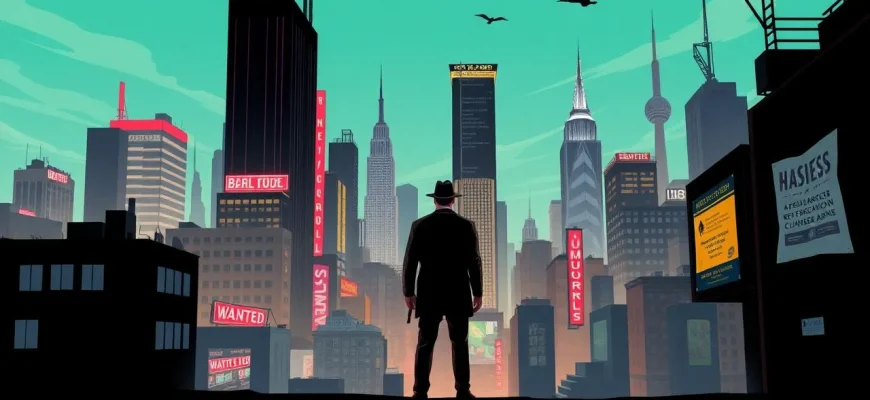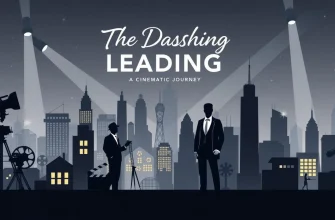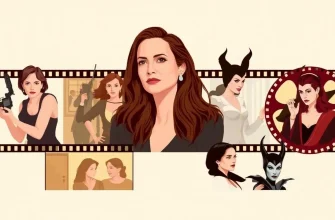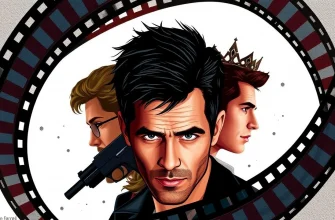This collection of films delves into the shadowy underworld of organized crime in the aftermath of war. These movies not only showcase the rise and fall of notorious gangs but also reflect the societal changes and moral complexities of their times. From the neon-lit streets of Los Angeles to the dark alleys of London, these films provide a thrilling look at the lives of those who thrived in chaos.
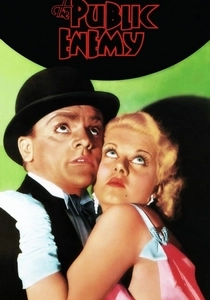
The Public Enemy (1931)
Description: This classic gangster film, starring James Cagney, follows the rise of a small-time crook during the Prohibition era, which directly influences the post-war gang culture. It's included for its historical significance and depiction of early gang dynamics.
Fact: The film was one of the first to use the term "gangster" in its advertising. Cagney's grapefruit scene became one of the most iconic moments in film history.
 Watch Now
Watch Now 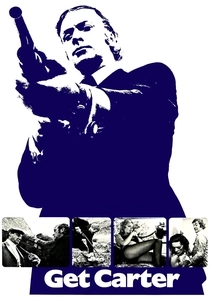
Get Carter (1971)
Description: Michael Caine stars as a London gangster seeking revenge in Newcastle. The film showcases the gritty, violent world of British organized crime in the post-war period, making it a fitting addition to this list.
Fact: The film was remade in 2000 with Sylvester Stallone, but the original remains a cult classic. The location of Newcastle was chosen for its stark contrast to London's underworld.
 Watch Now
Watch Now 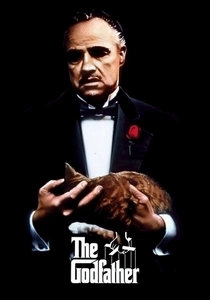
The Godfather (1972)
Description: This iconic film explores the inner workings of the Corleone family, a powerful Italian-American mafia clan, during the post-World War II era. It's included for its deep dive into family dynamics, loyalty, and the transition of power within a criminal empire.
Fact: The film was initially offered to Sergio Leone, who turned it down because he felt it glorified the mafia. Marlon Brando improvised the famous cat scene, using a stray cat from the studio lot.
 Watch Now
Watch Now 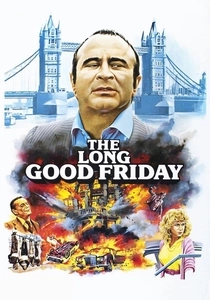
The Long Good Friday (1980)
Description: Set in London, this film captures the transition from old-school gangsters to the new era of organized crime, reflecting the changes in the criminal landscape post-World War II.
Fact: Bob Hoskins improvised much of his dialogue, giving his character Harold Shand a unique and memorable presence. The film was originally intended to be a TV movie.
 Watch Now
Watch Now 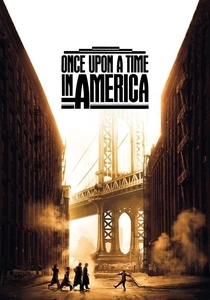
Once Upon a Time in America (1984)
Description: Sergio Leone's epic spans several decades, focusing on the rise and fall of David "Noodles" Aaronson and his Jewish-American gang in New York. It's included for its sweeping narrative and portrayal of the gangster life from the Prohibition era into the post-war period.
Fact: The film was initially released in a heavily edited version, but the director's cut restored Leone's original vision. It was Robert De Niro's first film with Sergio Leone.
 Watch Now
Watch Now 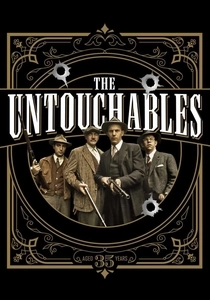
The Untouchables (1987)
Description: While focusing on the Prohibition era, this film captures the essence of post-war gang warfare through the lens of Eliot Ness's battle against Al Capone. It's included for its portrayal of law enforcement's struggle against organized crime.
Fact: Sean Connery won an Oscar for Best Supporting Actor for his role as Jim Malone. The film's famous "baseball bat" scene was inspired by a real-life incident.
 Watch Now
Watch Now 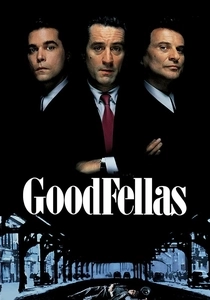
Goodfellas (1990)
Description: Martin Scorsese's masterpiece follows the life of Henry Hill, a half-Irish, half-Italian mobster, from his teenage years through his rise in the mafia ranks. It captures the allure and the brutal reality of the gangster lifestyle post-World War II.
Fact: The film's famous "Layla" scene was improvised by Ray Liotta and Lorraine Bracco. The real Henry Hill was on set during filming, providing advice and authenticity.
 Watch Now
Watch Now 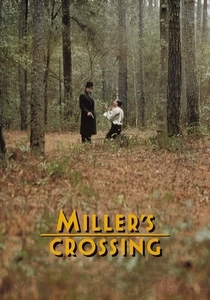
Miller's Crossing (1990)
Description: The Coen Brothers' take on the gangster genre, set during Prohibition but reflecting the moral ambiguity and power struggles of the post-war era. It's a stylish, dialogue-driven film about loyalty, betrayal, and the criminal underworld.
Fact: The film was inspired by Dashiell Hammett's novels, particularly "Red Harvest." The title refers to a location in the film where key events unfold.
 Watch Now
Watch Now 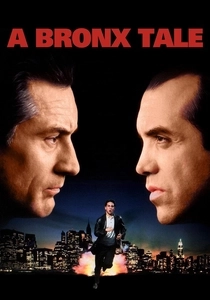
A Bronx Tale (1993)
Description: This film, directed by and starring Robert De Niro, examines the life of a young Italian-American boy torn between his father's honest work and the allure of a local mobster. It's included for its intimate portrayal of neighborhood gang life in the 1960s.
Fact: Chazz Palminteri wrote the screenplay based on his own experiences growing up in the Bronx. De Niro was so impressed by Palminteri's one-man show that he insisted he play the role of Sonny.
 Watch Now
Watch Now 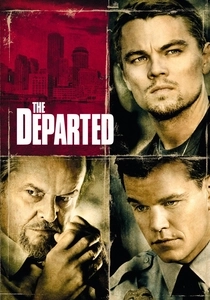
The Departed (2006)
Description: Set in Boston, this film explores the infiltration of the Irish mob by an undercover cop and the simultaneous infiltration of the police by a mob mole. It's a modern take on post-war gang dynamics, reflecting the ongoing influence of organized crime.
Fact: The film was a remake of the Hong Kong film "Infernal Affairs." It was Martin Scorsese's first Best Director Oscar win.
 Watch Now
Watch Now 
